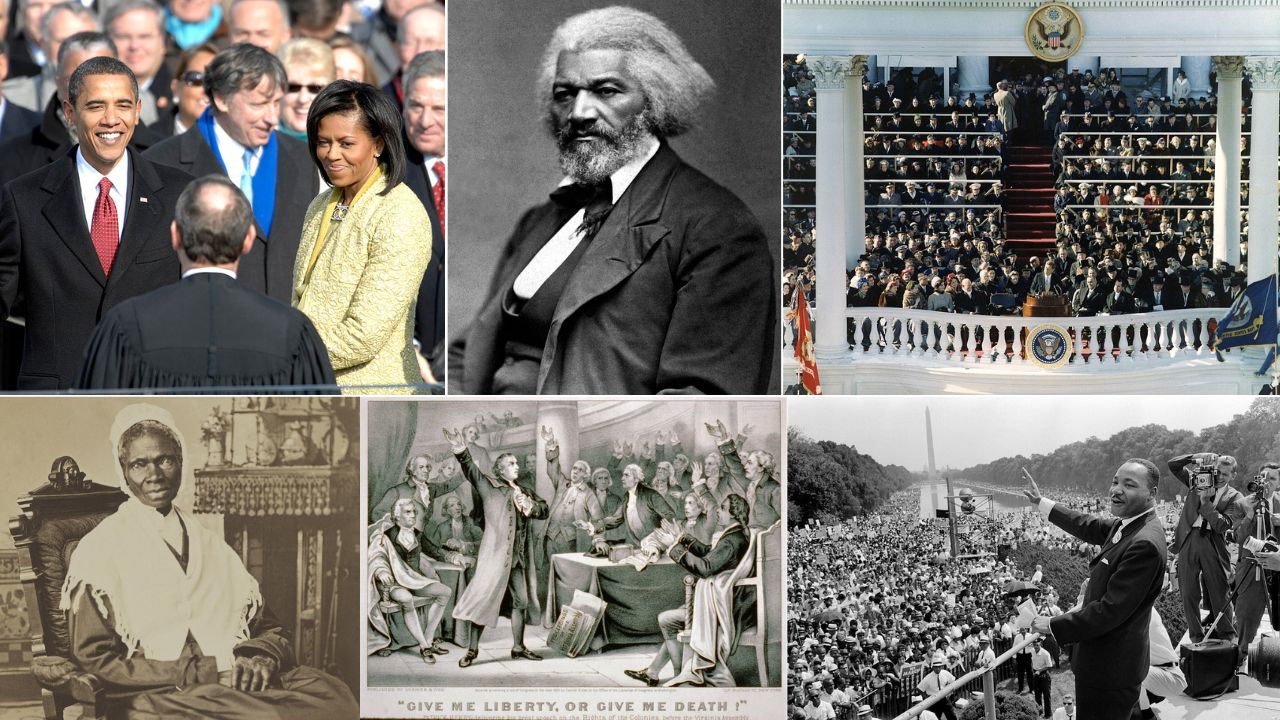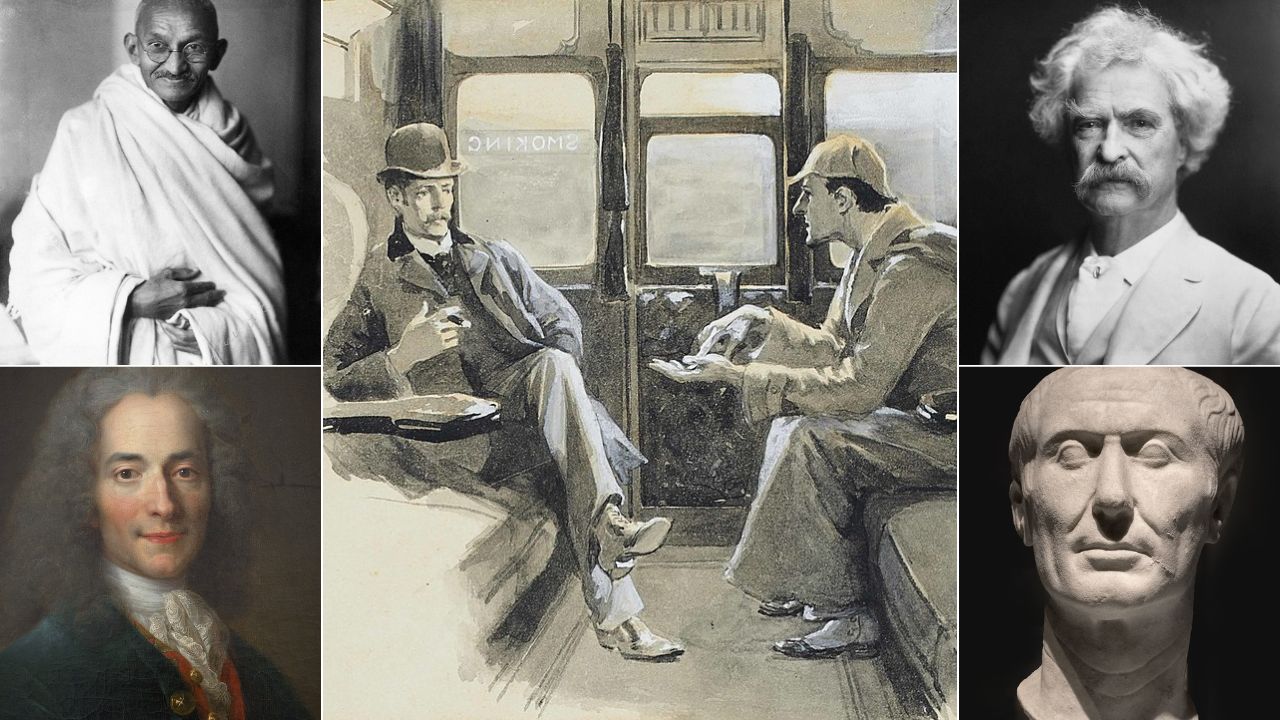Speeches do more than fill air; they set agendas, calm crises, and push laws into motion. This gallery spotlights nine addresses tied to exact dates and places, showing how words reshaped the country from independence debates to spaceflight grief and civil rights marches. You will see lines that moved militias, steadied banks, launched service programs, and carried complex ideas online to millions. Read what was said, what happened next, and why these moments still teach power, duty, and unity today.
1. Patrick Henry, “Give me liberty” (1775)
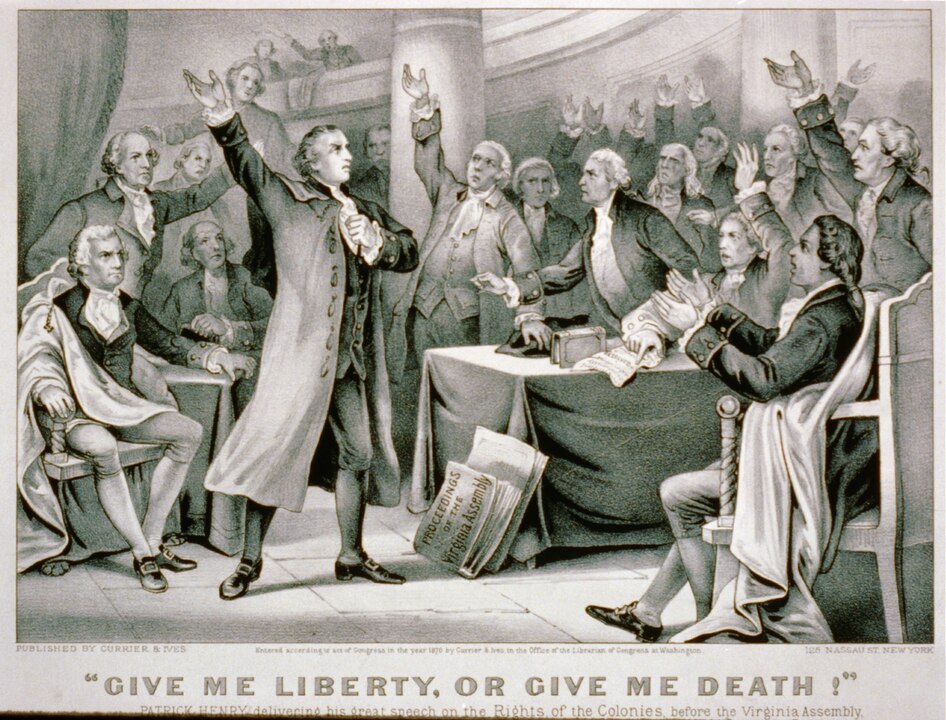
On March 23, 1775, at St. John’s Church in Richmond, Henry urged the Virginia Convention to arm its militia. His closing line, “give me liberty or give me death,” pushed delegates toward resistance after months of petitions. Within weeks, colonial militias were drilling openly. The talk was not a theater. It moved Virginia, the largest colony, to prepare for war, and signaled that independence arguments had shifted from pamphlets to decisions that risked lives and farms across the Tidewater and beyond.
2. Frederick Douglass, Fourth of July Oration (1852)
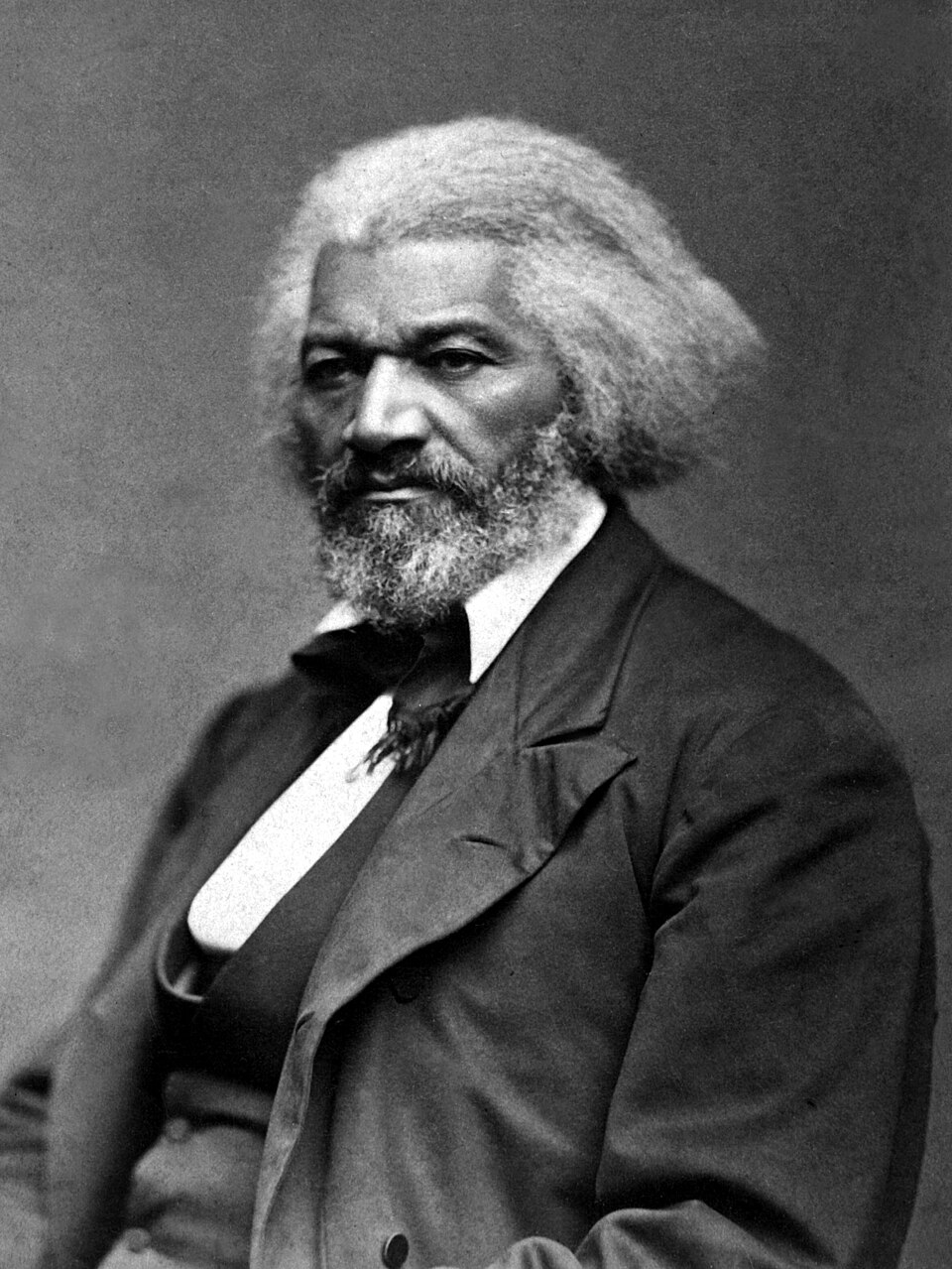
On July 5, 1852, in Rochester’s Corinthian Hall, Douglass asked, “What to the Slave is the Fourth of July?” He praised the founders, then exposed slavery’s contradiction with the holiday. Newspapers reprinted the speech, pushing abolition into church basements and town meetings. The address turned moral debate into public pressure years before the war. Its careful structure, with facts on law and commerce, made it hard to dismiss. Many classrooms still study it as an example of an argument that changes minds.
3. Sojourner Truth, Akron Convention Remarks (1851)
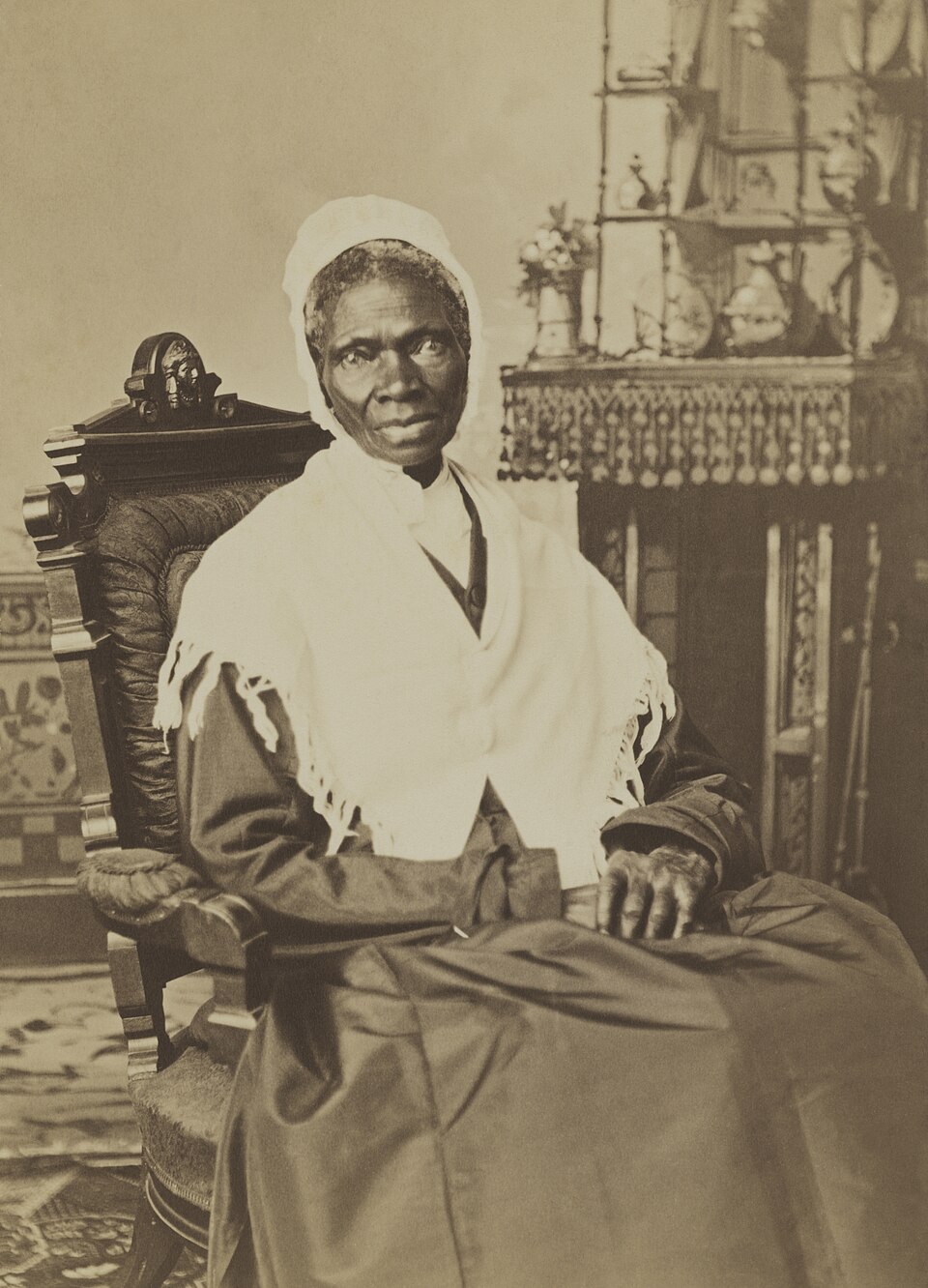
At the Ohio Women’s Rights Convention in 1851, former slave Sojourner Truth challenged both racism and sexism in plain speech. Transcripts differ, but the message is consistent: strength, work, and rights should not depend on race or gender. Listeners reported the room shifted from doubt to support as she spoke. The remarks traveled by press summaries, helping link abolition and suffrage networks. Akron showed how a single voice, without office or wealth, could reframe who belongs in public life.
4. Abraham Lincoln, Gettysburg Address (1863)
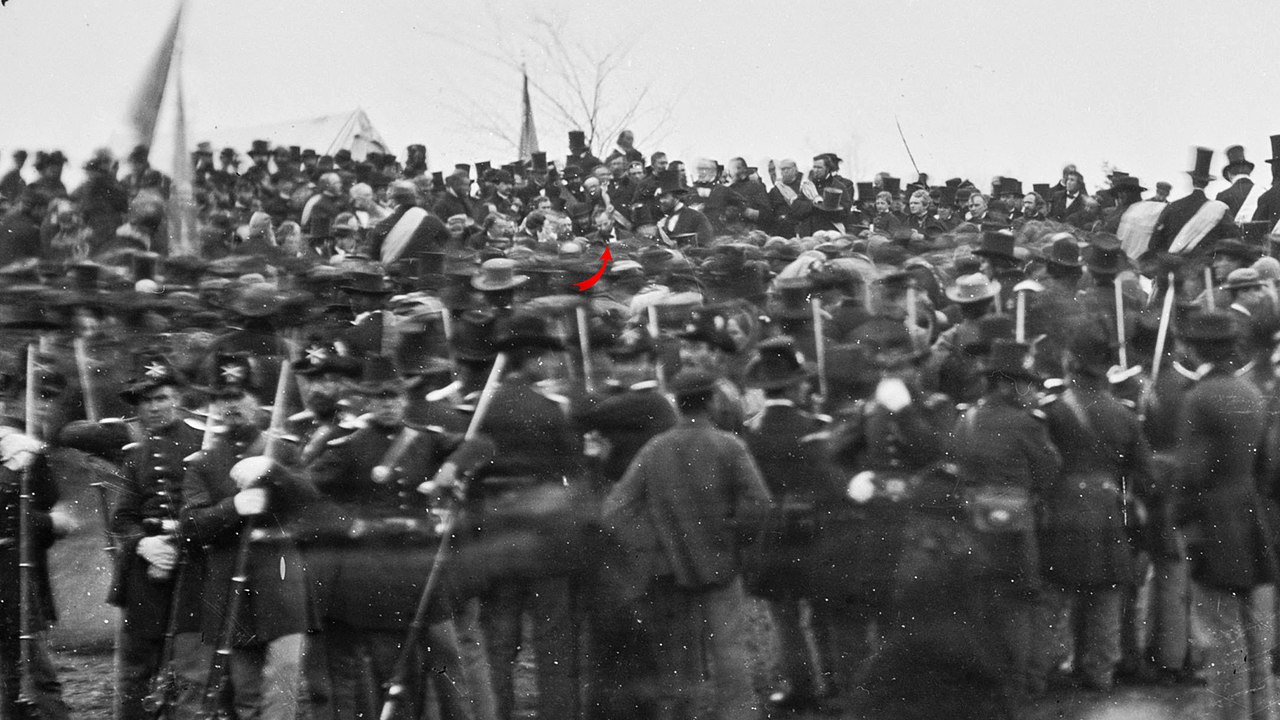
On November 19, 1863, Lincoln spoke 272 words at the cemetery dedication in Gettysburg. He tied Union war aims to a “new birth of freedom,” arguing the nation must test whether government by the people could endure. The speech did not list victories. It measured sacrifice and set a political goal: equality under law. Printed in full the next day, it gave the North a clear cause beyond maps and numbers. Memorial services and textbooks later carried its exact phrasing to every region.
5. Franklin D. Roosevelt, First Inaugural (1933)
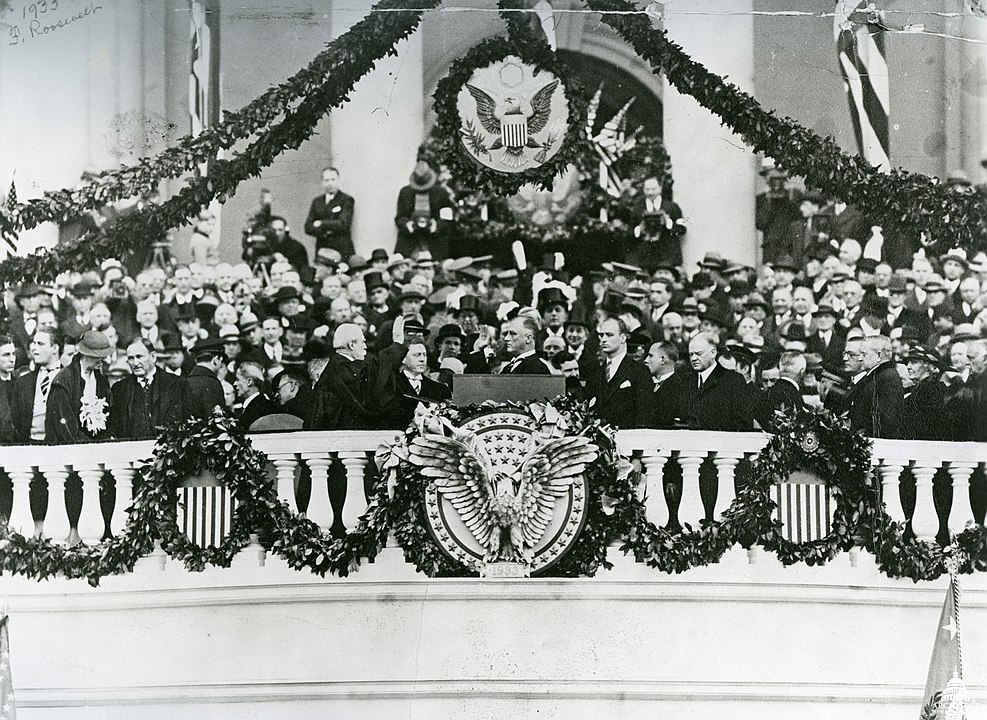
On March 4, 1933, with banks failing and unemployment near record highs, FDR told the nation “the only thing we have to fear is fear itself.” He asked Congress for broad action and signaled a bank holiday that arrived days later. The line mattered because policy followed. Emergency banking laws, relief jobs, and farm supports rolled out within months. Radio carried the speech into homes, building trust for weekly updates. A calm voice and swift steps steadied markets and families.
6. John F. Kennedy, Inaugural Address (1961)
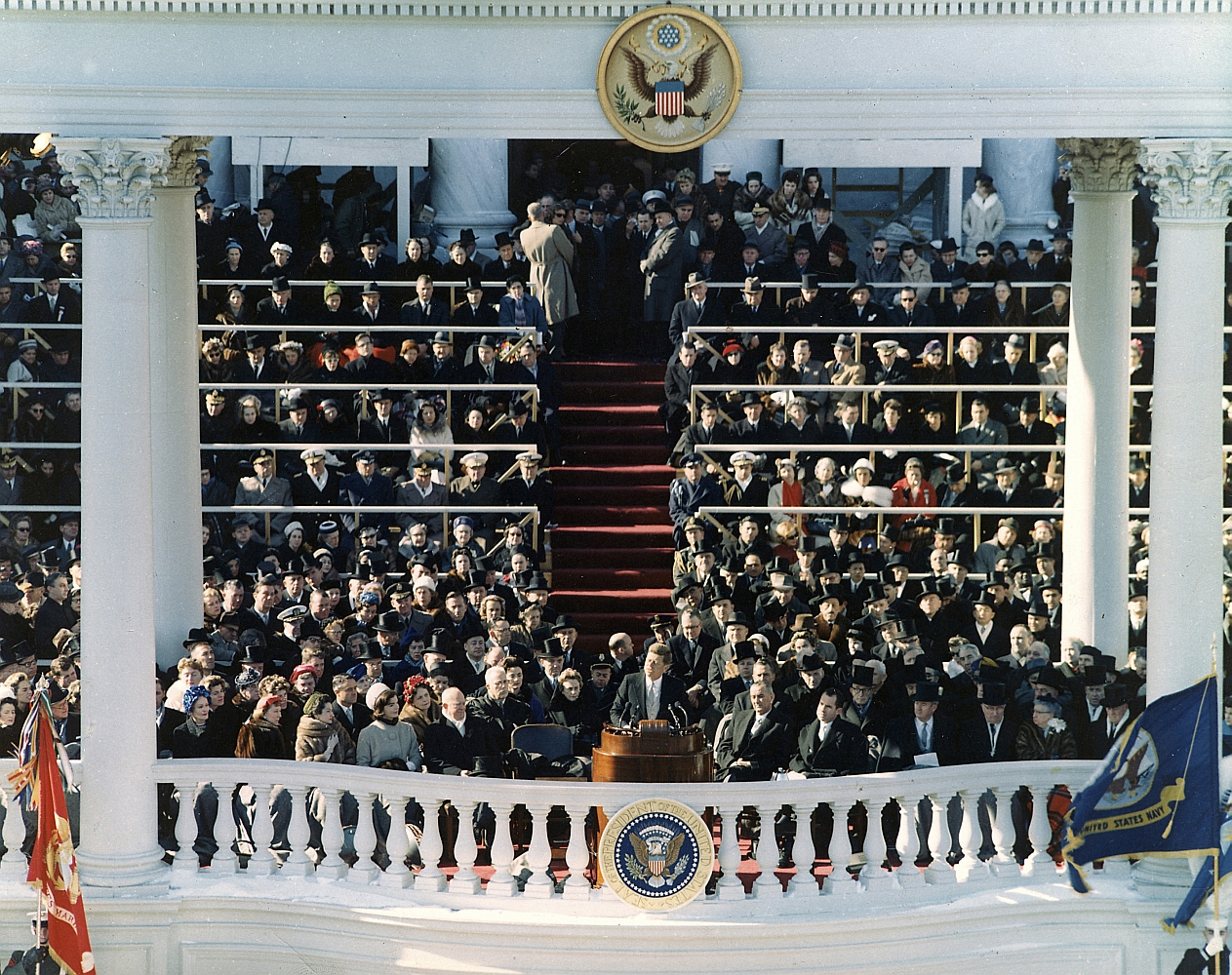
On January 20, 1961, Kennedy challenged citizens to “ask not what your country can do for you.” The talk outlined alliance work, arms control, and a new call to service that soon produced the Peace Corps. Short sentences and global focus fit television and radio. For students, it linked national duty to practical programs, not just slogans. The address set a tone for Cold War diplomacy that mixed strength with talks, and invited ordinary people to join public projects abroad.
7. Martin Luther King Jr., “I Have a Dream” (1963)
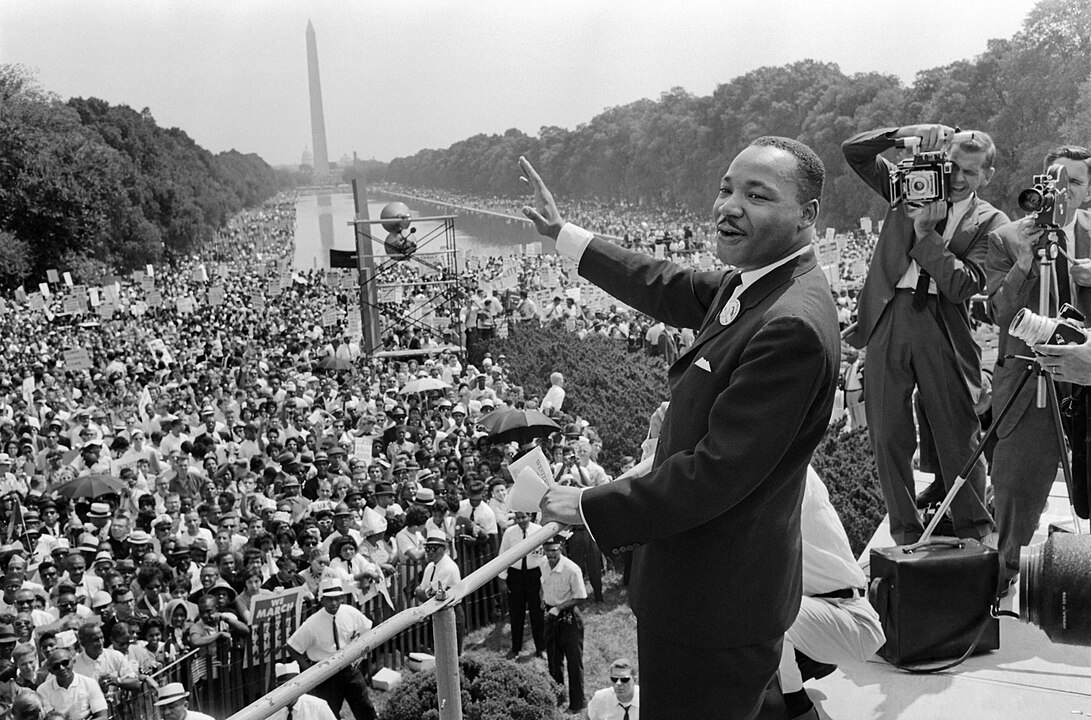
On August 28, 1963, King addressed the March on Washington at the Lincoln Memorial before a crowd near 250,000. He anchored civil rights in the Constitution and Declaration, then described a future of equal law and opportunity. Network broadcasts carried the speech nationwide. The march’s peaceful scale and the speech’s clarity helped build support for the Civil Rights Act of 1964 and the Voting Rights Act of 1965. Its images still appear on signs whenever people demand fair rules.
8. Ronald Reagan, Challenger Address (1986)
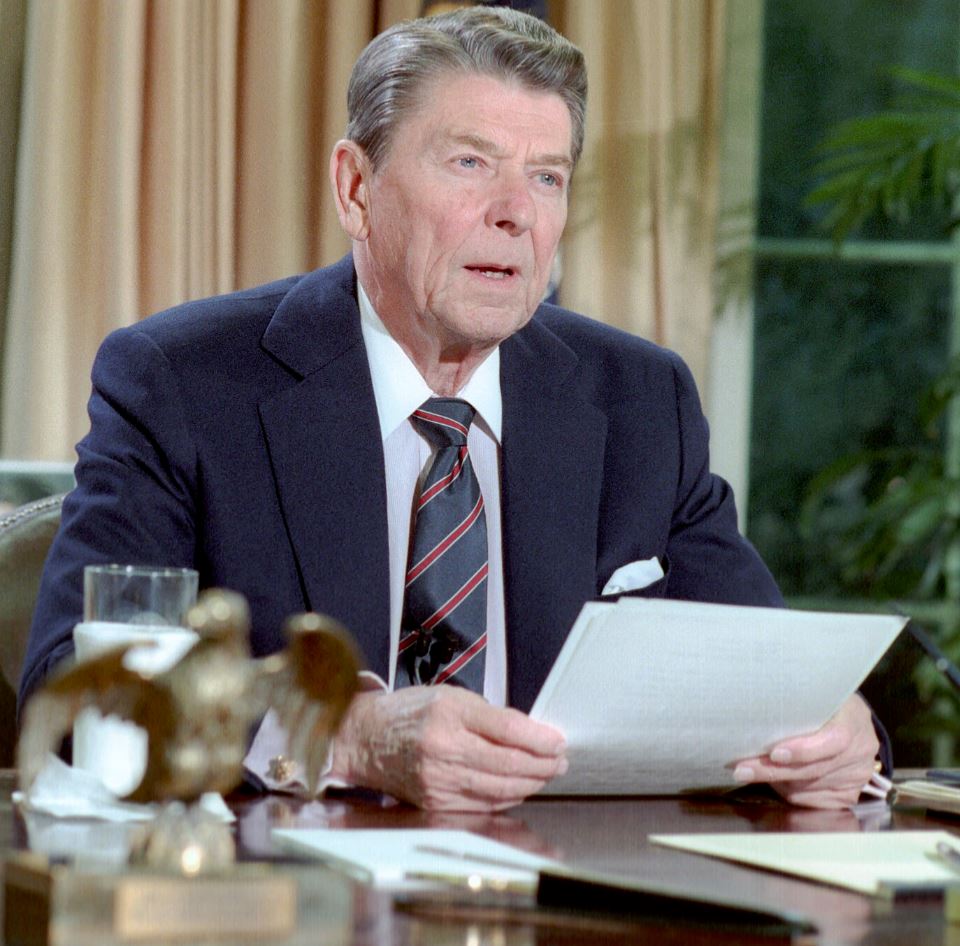
After the shuttle Challenger broke apart on January 28, 1986, Reagan spoke from the Oval Office to students and families who had watched live. He honored the crew, promised the program would continue, and postponed the State of the Union. Quoting a pilot poem about “touching the face of God,” he matched grief with resolve. The message shaped a national mourning period and backed the Rogers Commission that investigated the failure. Clear words on a hard night helped steady schools and space workers.
9. Barack Obama, “A More Perfect Union” (2008)
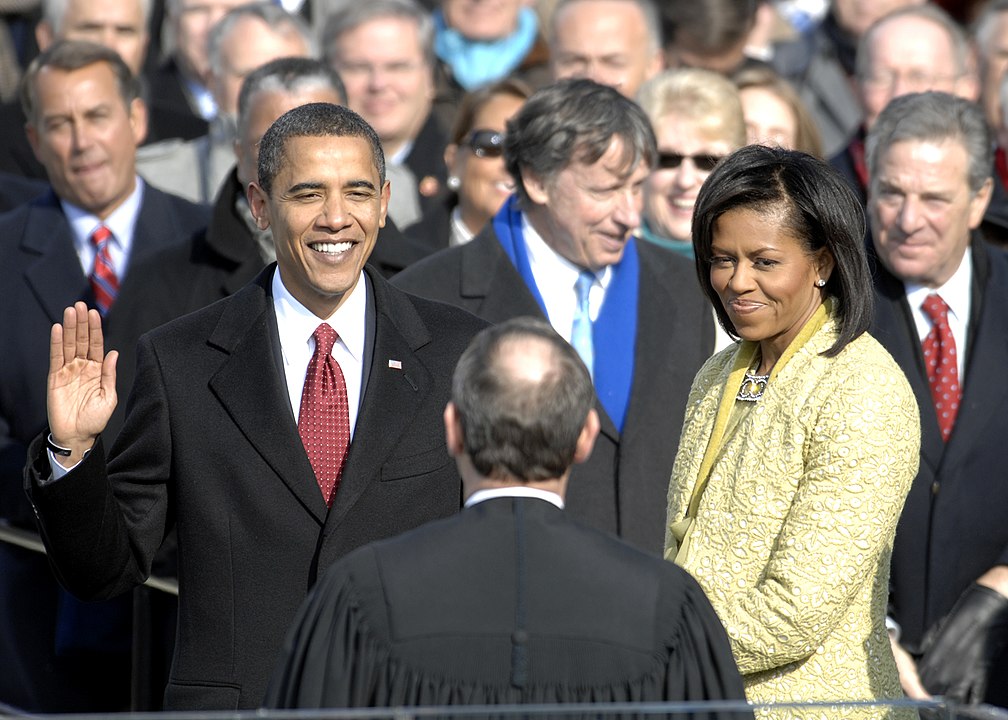
On March 18, 2008, at the National Constitution Center in Philadelphia, Obama addressed race, history, and citizenship after controversy over a pastor’s remarks. He placed personal stories beside founding texts and called for unfinished work rather than quick fixes. The long-form speech drew millions of views online in days, unusual for campaign content at the time. It kept his campaign viable and modeled how digital platforms could carry complex arguments to large audiences, not only short clips or slogans.
